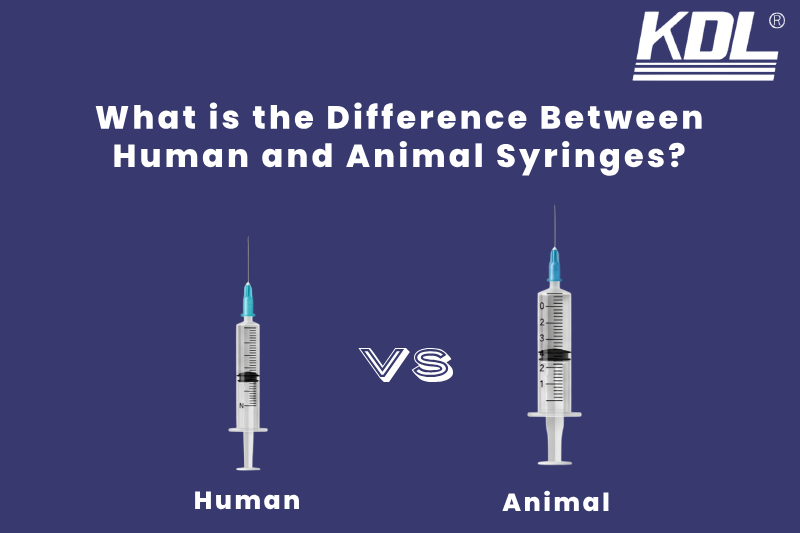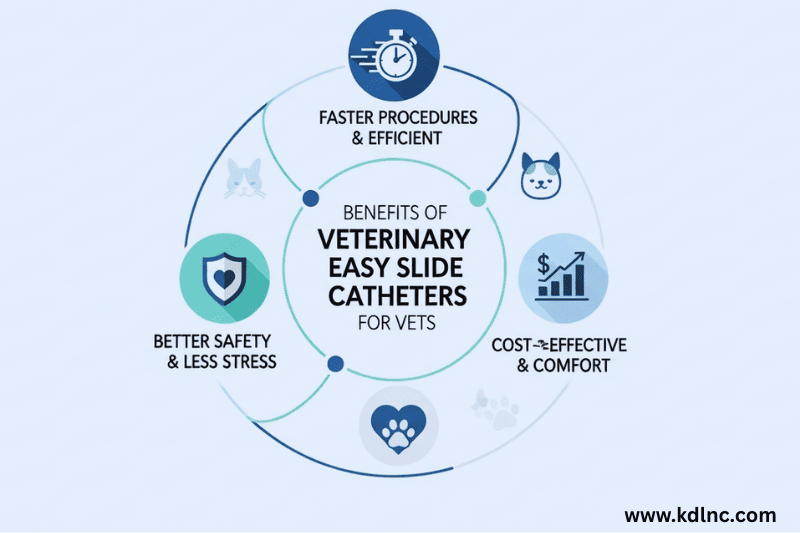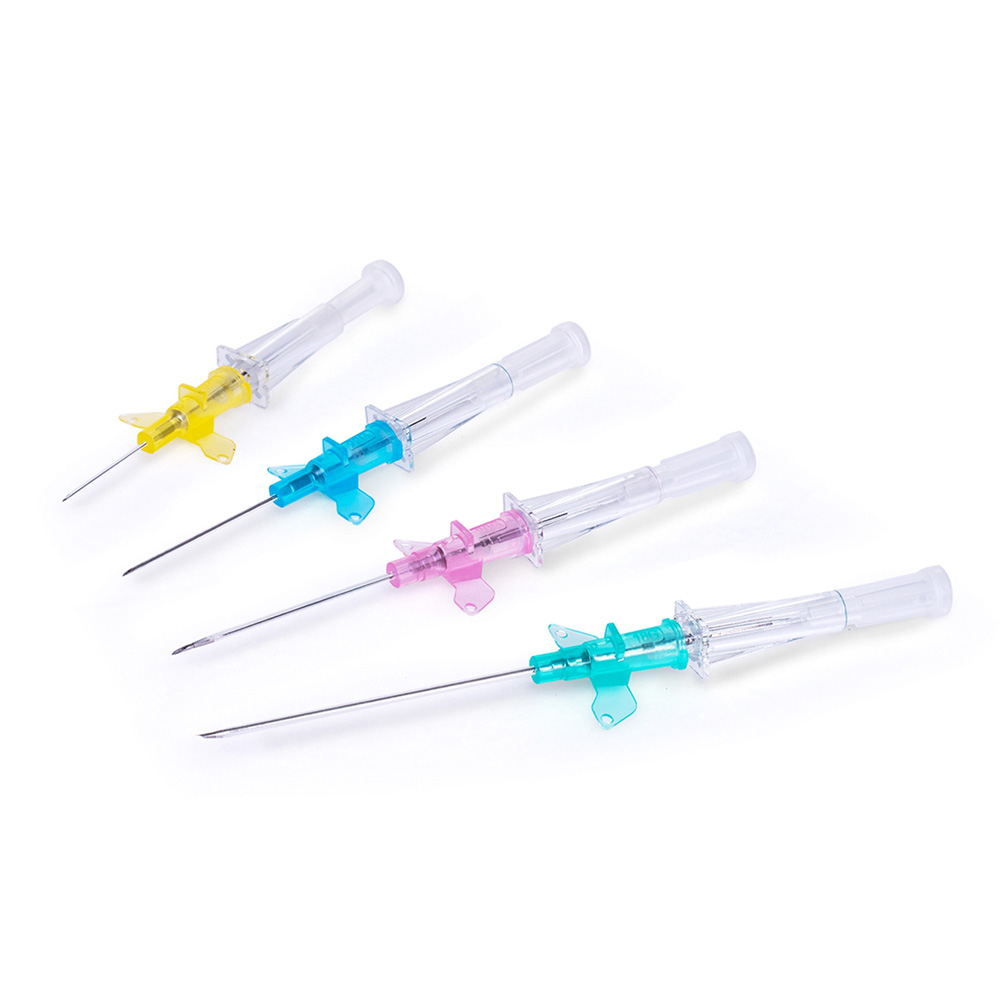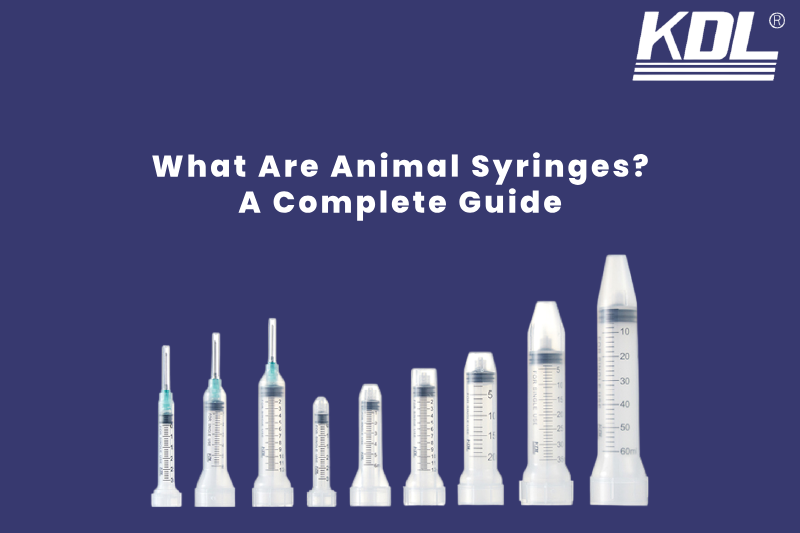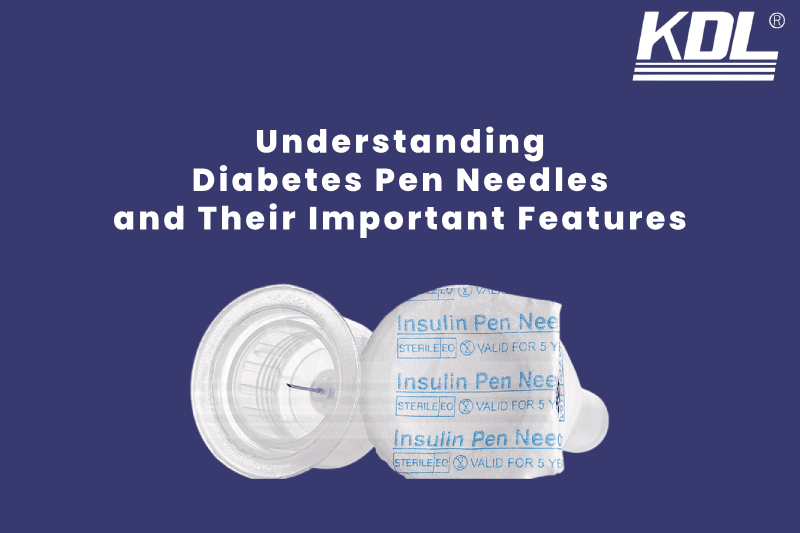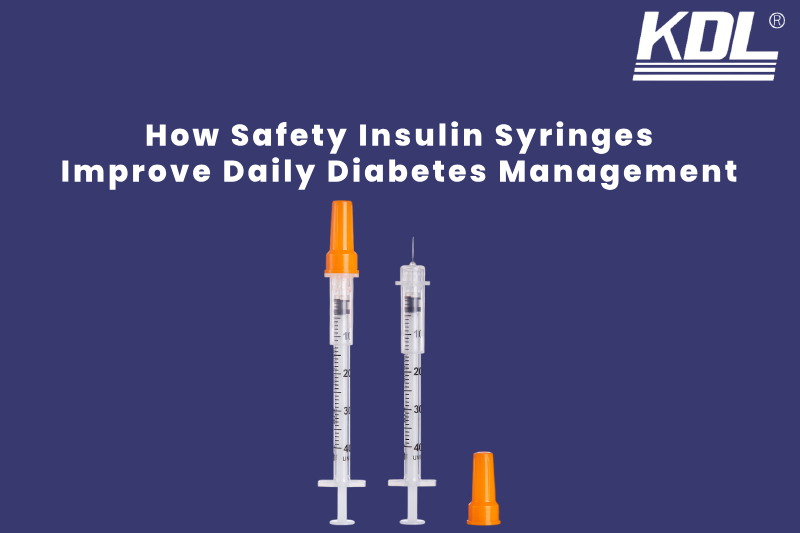
When it comes to animal care, even the smallest tools matter. One of the most important tools in veterinary medicine is the Cooper Hub hypodermic needles. Whether giving vaccines, drawing blood, or delivering life-saving medicine, the right needle can make a big difference in comfort, safety, and results.
Cooper Hub hypodermic needles are designed with these needs in mind. They are trusted by veterinarians, livestock handlers, and animal health professionals who want reliable performance and gentle handling. This guide will provide a comprehensive overview of the features, benefits, and applications of Cooper Hub needles in a straightforward manner.
Understanding Veterinary Hypodermic Needles
Veterinary needles are used to put fluids into animals or take liquids out of them. They are made to handle many different kinds of animals, with different skin widths and treatment needs, which is not the case for human needles.
These needles have to be
- Strong enough not to bend
- Sharp enough to lessen pain
- Both animals and people can be safe.
That’s where Cooper Hub veterinary hypodermic needles are better than the rest.
What Makes Cooper Hub Veterinary Hypodermic Needles Different?
Cooper Hub needles are known for their reliable quality and innovative design. These products are designed for regular application in high-traffic veterinary practices and challenging agricultural settings.
Precision Engineering
Every needle is meticulously produced to guarantee:
- Seamless fluid dynamics
- Limited tissue damage
- Dependable penetration
This level of accuracy minimizes stress on animals during treatment.
Robust and Resilient Materials
Cooper Hub utilizes premium stainless steel in the production of their veterinary hypodermic needles. This material demonstrates exceptional resistance to bending and breaking, even when applied to thicker hides or more resilient skin.
Key Features of Cooper Hub Veterinary Hypodermic Needles
Let’s look more closely at the things that make these needles a reliable option.
Sharp Beveled Tips
The sharp bevel is one of the most important parts of any medical needle. The carefully honed tips of Cooper Hub needles
- Go into the skin quickly.
- Lower pain and opposition.
- Reduce the chances of damaging tissue.
This is very useful for timid or scared animals.
The Secure Hub Design
The hub is the part of the needle that the syringe links to. The safe hub on Cooper Hub needles
- Standard vet needles fit very well with this.
- Stops leaks when injecting.
- Gives the person holding it more power.
This setup helps make sure that the right dose is given every time.
Multiple Gauge and Length Options
There are a lot of different kinds of animals. There is a wide range of in Cooper Hub veterinarian hypodermic needles.
- Thickness of the needle (gauges)
- Lengths (to safely get to a muscle or vein)
This type gives workers the chance to pick the right needle for every job.
Benefits of Using Cooper Hub Veterinary Hypodermic Needles
Using the right needle offers clear advantages for both animals and caregivers.
Better comfort for animals
Less pain is one of the biggest perks. This means of having smooth surfaces and sharp tips:
- Less pain during injections
- Faster procedures
- Less stress for animals
For dogs and animals that need to be treated often, comfort is very important.
Better Safety for Handlers
A strong, well-made pen lowers the risk of
- Bending or snapping
- Slipping during use
- Accidental injury
In fast-moving settings, Cooper Hub veterinary hypodermic needles are a better choice because of this.
Regularly Delivering Results
When a needle consistently behaves in the same way, it builds trust. The following are things that people know about Cooper Hub needles:
- Dependable fluid flow
- Consistent pressure during shots
- Less blockages
Consistency saves time and makes things less annoying.
Uses of Cooper Hub Veterinary Hypodermic Needles
These needles are used across many areas of animal care.
Providing Companion Animal Care
Veterinary centers often use Cooper Hub needles for
- Vaccinations
- Medication injections
- Blood draws
Because of their gentle form, they are perfect for dogs, cats, and other small animals.
The Livestock and Farm Animals
Many farm animals have thicker skin and need bigger tools. The Cooper Hub veterinary hypodermic needles work well for
- Cattle vaccinations
- Swine treatments
- Sheep and goat care
In these places, durability is important, and Cooper Hub gets the job done.
Veterinary Equine Medicine
Needles that can safely give horses muscle shots are needed. With the right length and size, Cooper Hub needles can:
- Everyday medical care
- Performance care
- Urgent medical needs
Choosing the Right Cooper Hub Veterinary Hypodermic Needles Length and Gauge
Needle quality and choosing the right needle are both equally important.
Needle Gauge: What You Need to Know
Gauge is the width of the needle.
- Thicker needle = lower thread number
- Thinner needle with a higher size number
For instance,
- For thick liquid, thicker needles are usually used.
- For small animals or shots that need to be careful, thinner needles are good.
Choosing the Right Length
The length of the needle depends on
- The size of the animal
- Type of injection: subcutaneous or intramuscular
- Area for treatment
There are a lot of different Cooper Hub veterinary hypodermic needles that can be used in these ways.
Why Veterinarians Trust Cooper Hub Veterinary Hypodermic Needles
Veterarians choose Cooper Hub because they have a long history of quality and dependability. The needles are made to handle real-world problems without making things more difficult.
A lot of veterinarians value
- Simple to deal with
- Built to Last
- A smooth experience with injections
These tools help make everyday chores easier and more efficient.
Sterility and Hygiene Standards
When taking care of animals, it is very important to use clean tools. Cooper Hub veterinary hypodermic needles are produce in a clean environment.
Sterile Packaging
We pack each needle to keep it clean until use. This is useful:
- Lower the risk of getting an infection.
- Safeguard the health of animals.
- Meet the standards for professionals.
Safety for Single Use
These needles are design for single use only, which
- Stops cross-contamination.
- Backs safe methods for animal medicine
- Makes it easier to get rid of things
Cost-Effective Cooper Hub Veterinary Hypodermic Needles Without Cutting Corners
Quality does not always mean high cost. Cooper Hub veterinary hypodermic needles offer:
- Long-lasting sharpness
- Fewer wasted needles
- Reliable results
This balance makes them a smart investment for clinics and farms alike.
Environmental and Disposal Considerations
It is very important to throw away medical needles the right way.
It is easy to get rid of Cooper Hub needles because they work with normal sharps bins.
- Clear
- Easy
- Compliant with regulations
When you throw away used needles, you should always do what your community says to do.
Common Mistakes to Avoid When Using Cooper Hub Veterinary Needles
Even the best needle must be used correctly.
Reusing Needles
Never reuse hypodermic needles. Reuse can cause:
- Dull tips
- Increased pain
- Risk of infection
Using the Wrong Size
Using an incorrect gauge or length may:
- Cause discomfort
- Deliver medication improperly
- Lead to tissue damage
Always match the needle to the task.
How KDLNC Cooper Hub Veterinary Needles Helps Take Better Care of Animals
Trust is at the heart of animal healthcare. Caregivers should be able to focus on the animal, not the equipment, so tools should work well.
KDLNC makes veterinary hypodermic needles that help with:
- Kind treatment
- Standards for professionals
- Reliability every day
We make our products to be good for both animals and the people who touch them.
Final Thoughts
Anyone who works with animals should use Cooper Hub veterinary hypodermic needles because they are reliable. They fulfill the demands of clinics, farms, and training facilities since they have sharp points, sturdy materials, and a broad variety of alternatives.
Professionals may do the following by using high-quality veterinary hypodermic needles:
- Make animals more comfortable
- Make things safer
- Give treatments with confidence
Small instruments may make a tremendous impact when they perform effectively. Cooper Hub consistently shows that we must design every injection carefully and ensure it works well.
 +86-791-8686-1216
+86-791-8686-1216 



